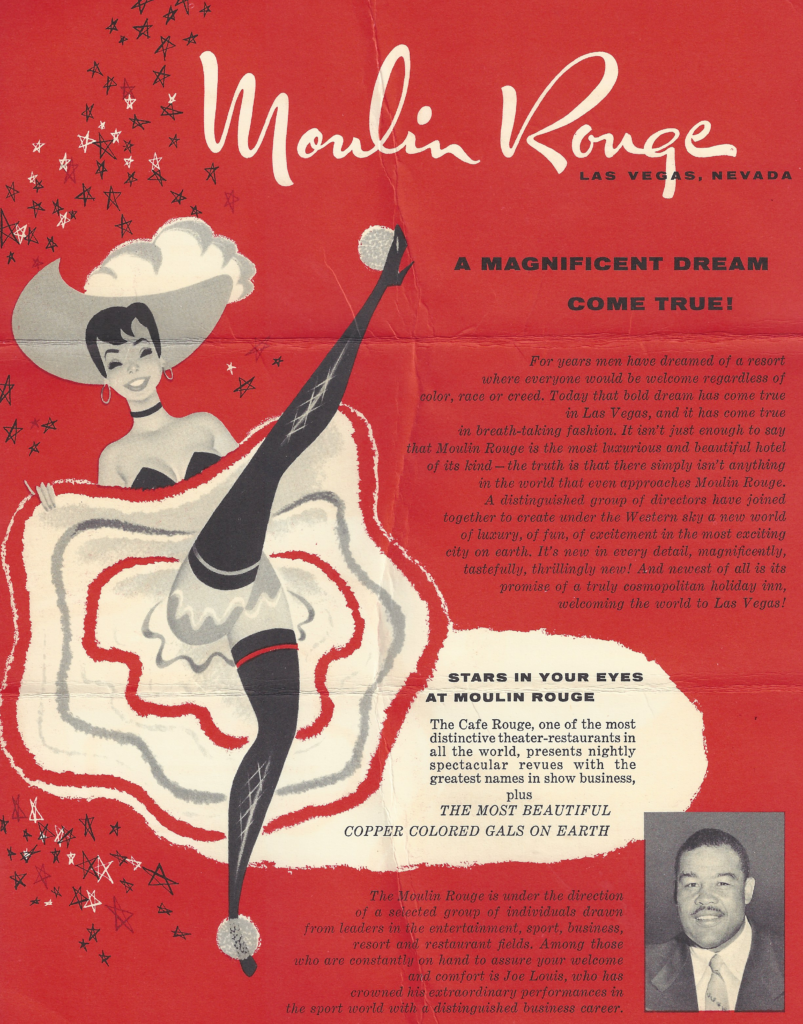CNN’s ongoing promotion of its upcoming long form video special “The Radical Story of Patty Hearst” set off a flashback to November 5, 1975.
It was on that day the UNLV newspaper “The Yell,” carried a front page story “Patty Hearst in Las Vegas.” That was more than four decades ago, Captain History was working with Dave Kelly, the newspaper’s Editor. (see p.s.) The Confederate Soldier and the word “Rebel” were removed the masthead.

If you would like to read the story as well as a visit by Dick Gregory at UNLV, here are a couple of links.
Gregory’s appearance and comment’s on Hearst was also front page news. Gregory, like his contemporaries Lenny Bruce, and Mort Sahl, was labled a comedian. All three were satirist, all three were funny, but their legacy was shining a spotlight on the opportunities for improvement in society. ( After writing that, an image of all three of them popped up throwing a tomato at me.)
Here are the links to The YELL,
http://d.library.unlv.edu/cdm/compoundobject/collection/reb/id/1794/rec/5
http://d.library.unlv.edu/cdm/compoundobject/collection/reb/id/1868/rec/8
Here is one of many obit clips on Gregory. https://www.youtube.com/watch?v=lQpM5WxI37Q
CNN’s broadcast “The Radical Story of Patty Hearst” premieres on February 11 at 9 p.m. and 10 p.m. ET/PT . Nine days before Hearst’s 65th birthday. https://www.cnn.com/shows/radical-story-patty-hearst
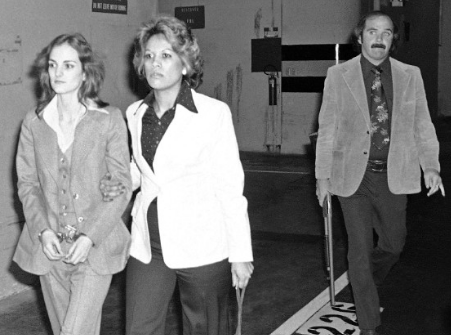
P.S. When Dave Kelly moved from the profession of journalism to the world of computer’s, it was Journalism loss. His outstanding coverage of the Baneberry accident and his work with UPI stands out.
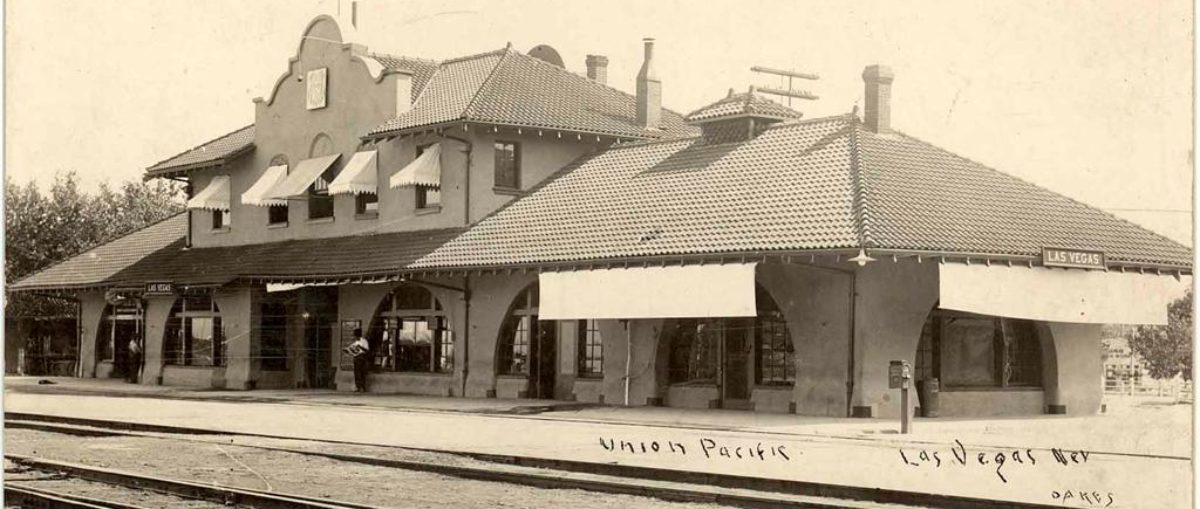
 unanimous vote the commission elected Claytee White, Director of the Oral History Research Center for the University of Nevada, Las Vegas Nevada, as the new chair.
unanimous vote the commission elected Claytee White, Director of the Oral History Research Center for the University of Nevada, Las Vegas Nevada, as the new chair.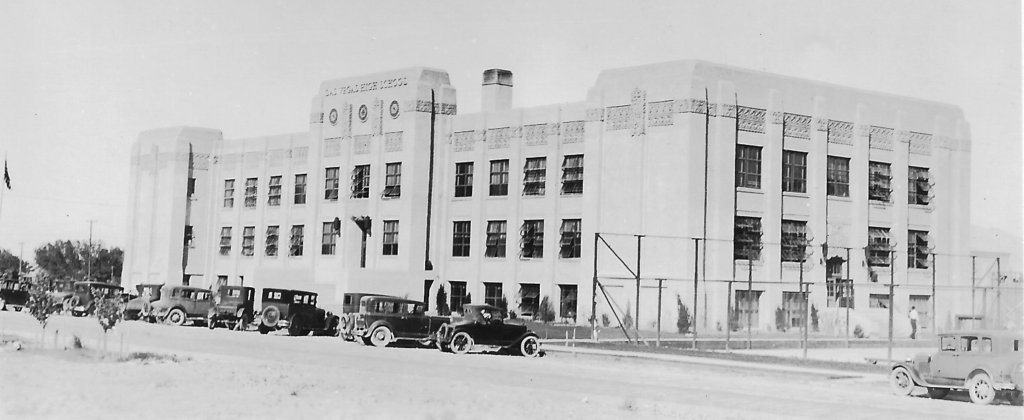
 Rare 1940’s Las Vegas High School decal.
Rare 1940’s Las Vegas High School decal.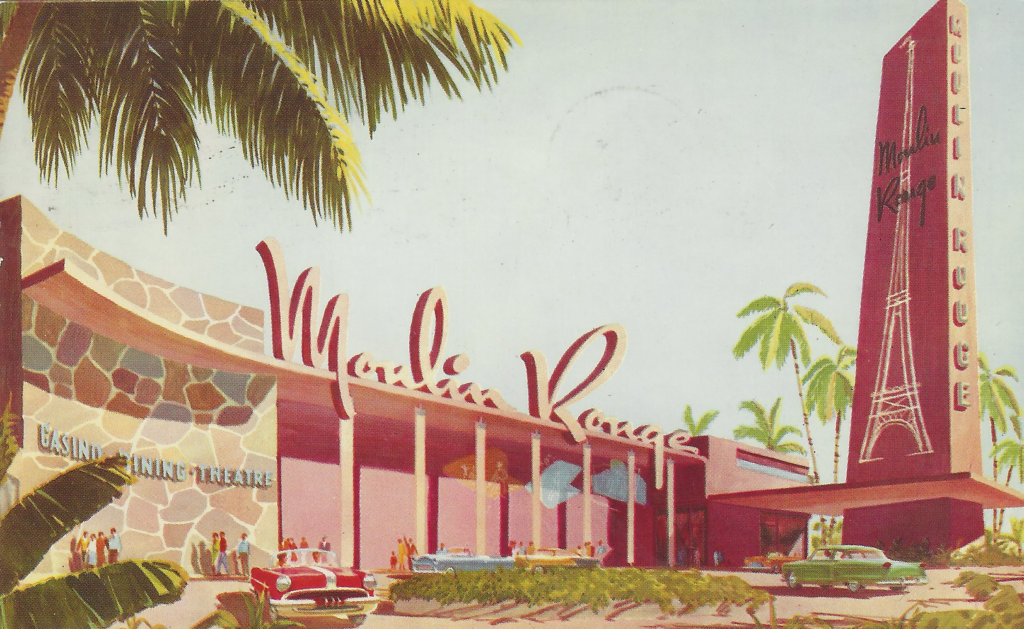
 The letter will address the “incredible History associated with the site,” and the commission’s willingness to assist in making sure there is significant, and visible recognition of the Moulin Rouge on the site, located on 840 West Bonanza Road.
The letter will address the “incredible History associated with the site,” and the commission’s willingness to assist in making sure there is significant, and visible recognition of the Moulin Rouge on the site, located on 840 West Bonanza Road.